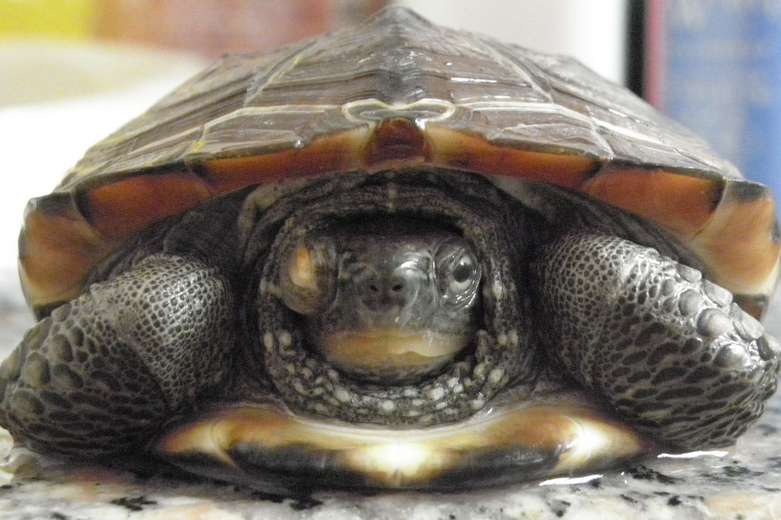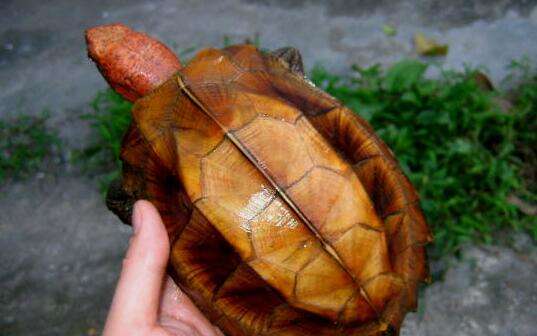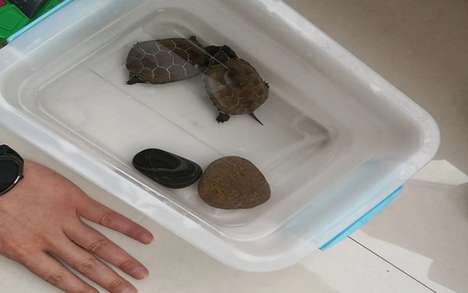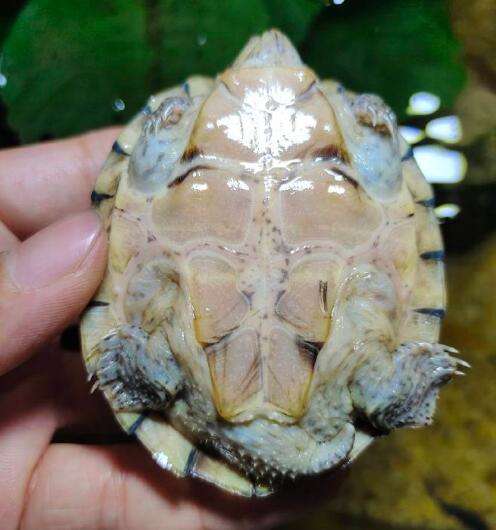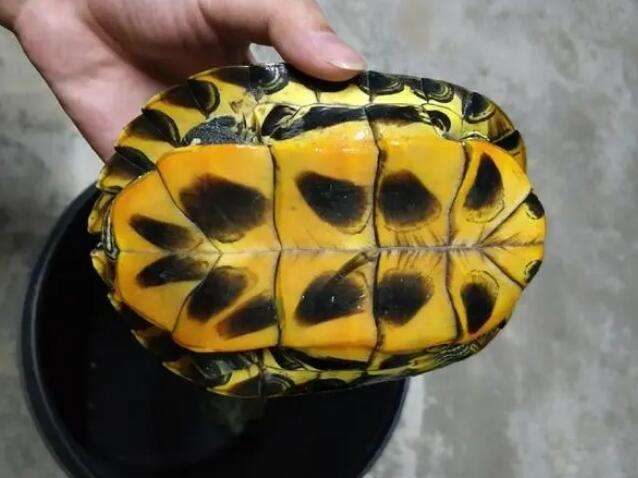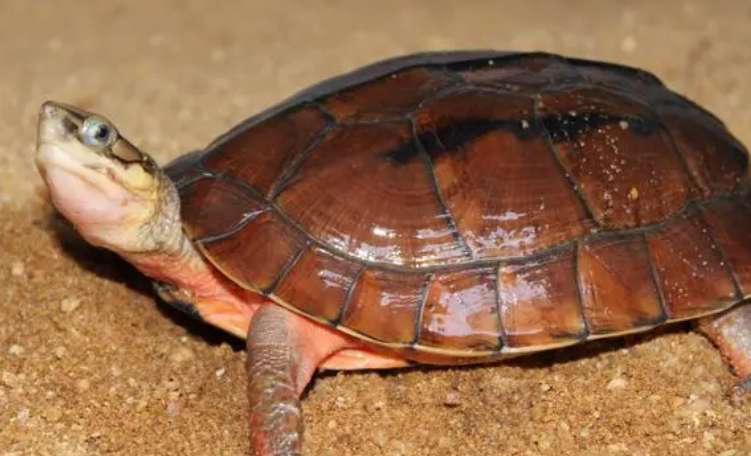First check whether it is a fertilized egg: there are obvious white lines or patches on the outer shell of the fertilized egg. If so, it can be hatched. Artificial incubation. Place the recovered turtle eggs in a wooden box with a height of 25 cm. Drill several small holes in the bottom of the box. Spread 15-20 cm of sand or sphagnum moss on the bottom. Arrange the turtles in the medium sand or sphagnum moss, and then sprinkle the eggs on them. Put about 2 cm thick spun gauze or sphagnum moss, cover the sand with a wet towel, and keep the indoor humidity at 25-35 degrees. On sunny days when the air is dry, sprinkle water on the sand 1-2 times a day. If the air humidity is high, the number of sprinkles can be reduced.
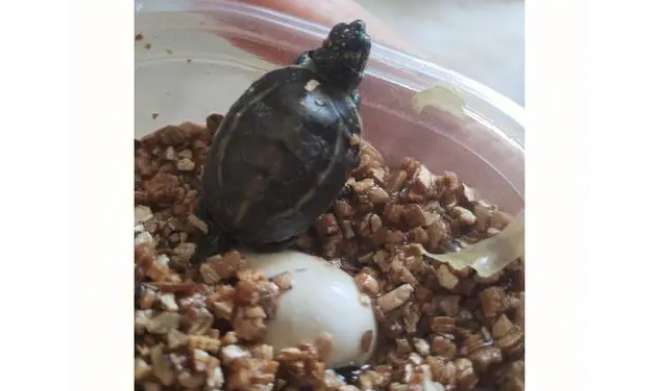
There are two conditions for hatching: temperature and humidity. The temperature requirement is between 22 and 33 degrees. When it is below 27 degrees, most of the flashy turtles are male turtles, and when it is around 31 degrees, most of them are female turtles. Humidity requirements vary depending on the incubation material. The air humidity requirement is about 80%. If the incubation material is sand, it is about 12%. If the incubation material is sand, it is about 12%. If the incubation material is sphagnum, it is about 30%. Incubation time varies depending on temperature and humidity.
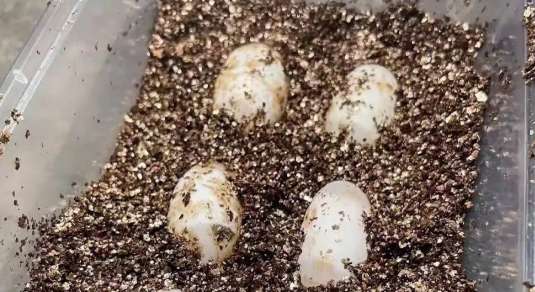
Hatching materials: 6 parts sand, 4 parts soil. Bury the eggs in the sand.
The humidity is such that you can pick up the sand with your hands and knead it into a ball. It is better to loosen it and scatter it.
The incubation temperature determines the gender:
25-29 degrees male
30-33 degrees female
The turtle mother can feed her some fresh fish, shrimp and other nutritious food.
